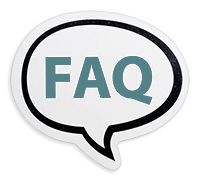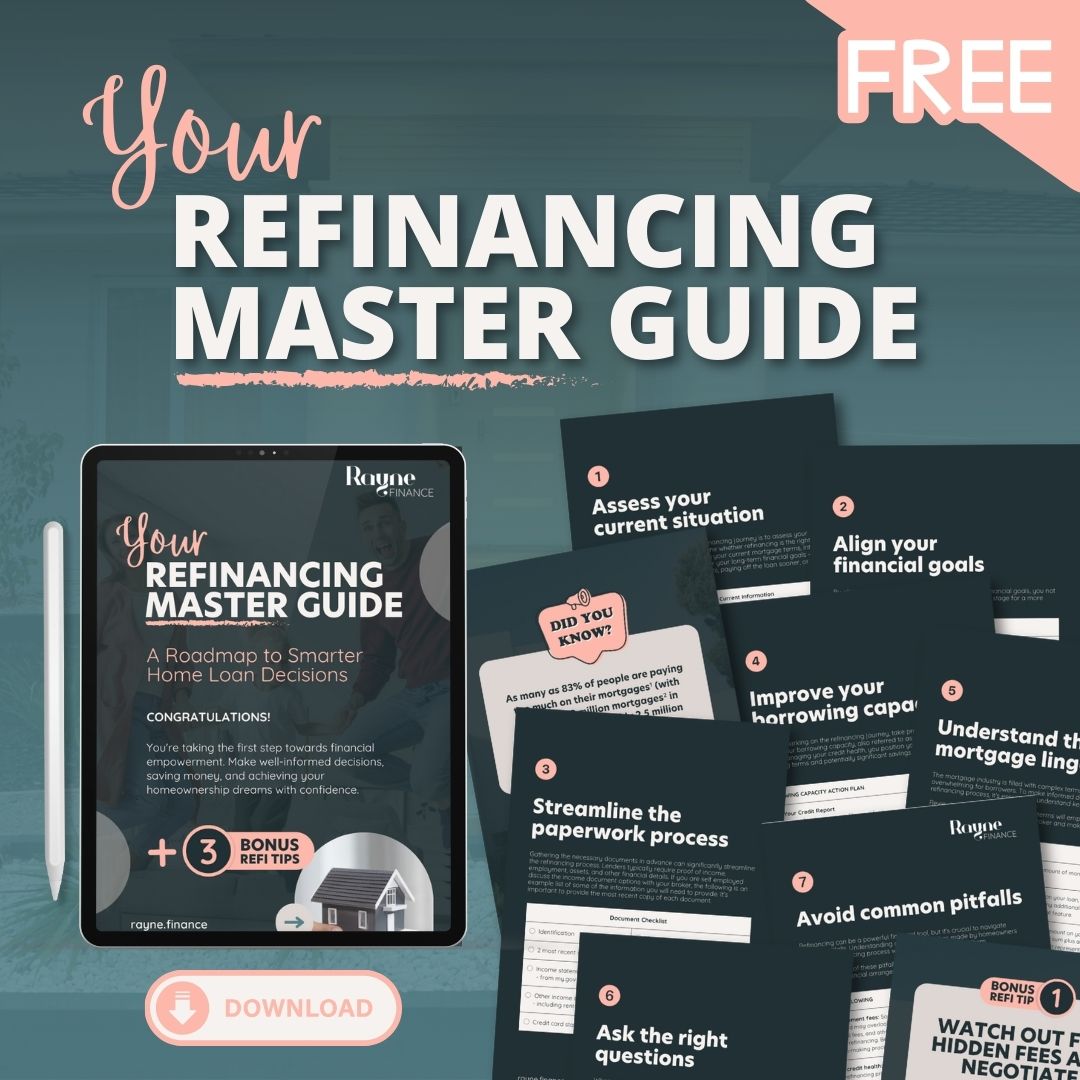Instead of full financial statements, lenders typically accept business activity statements (BAS), bank statements and accountant declarations to assess a borrower’s ability to repay the loan. However, these loans often come with stricter lending conditions, including higher deposit requirements – usually at least 20% – and potentially higher interest rates to offset the perceived risk to the lender.
When should a low-doc loan be considered?
- Low-doc loans aren’t a first-choice solution, but they can be useful in specific situations, such as:
- Recently self-employed borrowers who don’t yet have two years of tax returns but have a stable income.
- Business owners with irregular income who don’t meet standard loan assessment criteria.
- Clients who minimise taxable income for tax purposes, making traditional income verification difficult.
- Investors who need quick financing but don’t have up-to-date financial statements.
Credit requirements and deposit considerations
Low-doc loans don’t have a universal minimum credit score; instead, lenders assess each borrower’s risk profile individually. A good credit score helps secure better terms, but lenders also consider factors like deposit size and financial stability. In most cases, a higher deposit – typically 20-30% – is required compared to standard home loans.
To improve borrowing options, clients can take proactive steps to strengthen their credit profiles, such as making timely payments, reducing credit card balances and limiting new credit applications. Checking credit reports for errors and maintaining a strong financial history can also help improve lending outcomes.
Finding the right loan solution
While low-doc loans are available – particularly through non-bank lenders that specialise in working with self-employed borrowers – they should only be considered when other options aren’t viable, due to the higher interest rates and fees. Each lender has different requirements, so exploring various lenders is key to finding a suitable loan.
Licensing statement: Rayne Finance ABN [70 605 100 838] is authorised under LMG Broker Services Pty Ltd Australian Credit Licence 517192. Disclaimer: (1) As with any financial scenario there are risks involved. This information provides an overview or summary only and it should not be considered a comprehensive analysis. You should, before acting in reliance upon this information, seek independent professional lending or taxation advice as appropriate and specific to your objectives, financial circumstances or needs. This publication is provided on the terms and understanding that: (2) LMG Broker Services Pty Ltd, Rayne Finance (Seed Lending Pty Ltd) and the authors, consultants and editors are not responsible for the results of any actions taken on the basis of information in this publication, nor for any error in or omission from this publication. (3) LMG Broker Services Pty Ltd, Rayne Finance (Seed Lending Pty Ltd) and the authors, consultants and editors, expressly disclaim all and any liability and responsibility to the maximum extent permitted by the law to any person, whether a purchaser or reader of this publication or not, in respect of anything, and of the consequences of anything, done or omitted to be done by any such person in reliance, whether wholly or partially, upon the whole or any part of the contents of this publication.
Explore other FAQs and Facts
Home loan redraw facilities explained
A home loan redraw facility lets you access extra repayments you’ve made on your mortgage, helping to lower interest while offering flexibility if you need funds later. It differs from an offset account in accessibility and structure, with pros and cons depending on your spending habits and how easily you need to access savings.
Help to Buy scheme and changes to how lenders consider student debt
More Australians could soon enter the property market with just a 2% deposit, thanks to the expanded Help to Buy scheme. Meanwhile, new lending guidance means student debt will now be treated more flexibly, helping younger buyers. These changes aim to make homeownership more accessible for low- and middle-income earners.
What the federal budget means for buying property
The 2025 federal budget introduces key measures affecting home buyers, including an expanded Help to Buy scheme, increased infrastructure investment, and incentives to grow the construction workforce. Foreign investors face new restrictions, and funding for prefabricated homes aims to accelerate supply. These changes could significantly reshape Australia’s property market.
Own your debt before it owns you
Here’s the hard truth: If you’re not in control of your debt, it’s controlling YOU.
Debt doesn’t just sit quietly in the background. It piles up, creeps into your financial freedom, and slowly starts calling the shots. It’s time to flip the script.
Find out how taking control of your debt can restore your financial freedom and bring peace of mind.
Rental growth slows as affordability is stretched
Rental growth slowed in 2024, despite the national median rent rising 4.8% for the year. Affordability pressures led renters to form larger households, easing demand. Meanwhile, increased investor activity added supply, lifting vacancy rates slightly to 1.9%. Still, with rents rising and vacancies low, many investors remain in a strong position.
Is the property downturn already over?
Australia’s property market rebounded swiftly in early 2025, reversing December’s brief price decline. Growing expectations of interest rate cuts have boosted confidence, while constrained housing supply continues to drive long-term price growth. With construction delays and undersupply persisting, the market’s dynamics are shifting toward sustained appreciation, rather than traditional boom-and-bust cycles.
Rates are on the move.
Are you getting the best deal on your mortgage?
The Reserve Bank of Australia’s recent cash rate cut presents an opportunity for homeowners to reassess their mortgage. With rates heading downward, it’s the perfect time to refinance, consolidate debt, or increase repayments to pay off your loan sooner. Take control of your financial future and explore your options now.
How to buy a property when you’re self-employed
Securing a home loan when you’re self-employed can be challenging, as lenders often view your income as less predictable and your financial position more complex. Strengthening your finances with stability and transparency can improve your chances. This article shares practical tips to help you secure better loan options, lower rates, and more lender interest.
The pros and cons of paying for LMI
(lenders mortgage insurance)
Lenders mortgage insurance (LMI) often gets a bad rap, but it can open doors for borrowers with smaller deposits. While LMI adds costs, it enables buyers to enter the property market sooner, potentially avoiding years of savings and rising property prices. Understanding LMI’s role is key to making informed decisions.
How to prepare for buying an investment property
Thinking about buying an investment property in 2025? The key to success starts with making yourself as creditworthy as possible. From increasing savings to understanding loan options and deposit requirements, there’s a lot to consider. Here’s how to set yourself up for a strong start.














